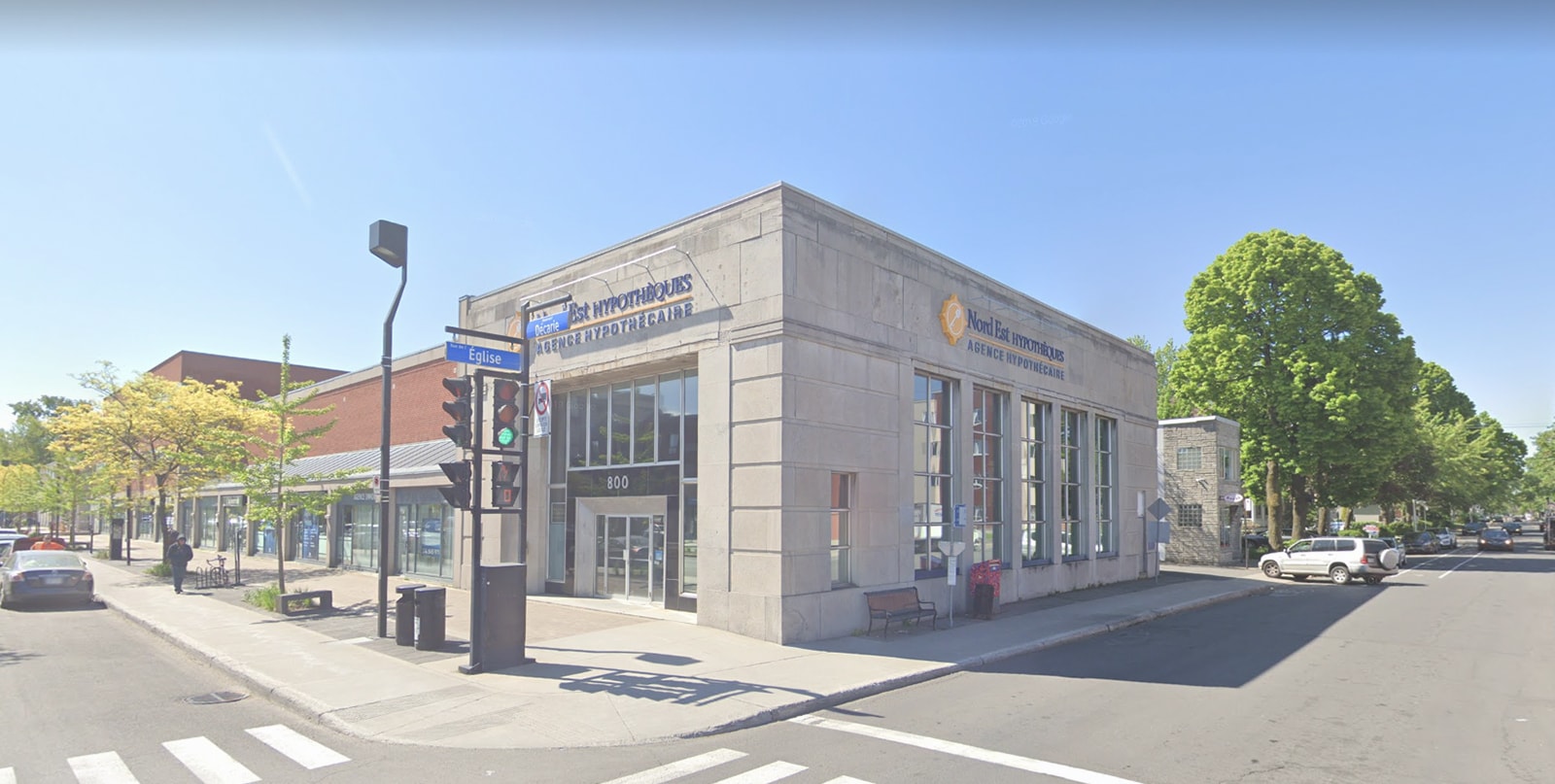Is it really? The Canadian Government offers first time home buyers the possibility to borrow 5 or
10% of the purchase price of a home. They call this program a shared equity mortgage, meaning the
government shares in the upside and downside of the property’s value. You pay back the same
percentage of the value of your home when you sell it or within a 25-year window.
How the Buyer’s Incentive works!
The purchase price of your home is $200,000, you receive 5% or $10,000. If the value increases to
$300,000, and you decide to sell it, you must pay back 5% of this new value, or $15,000.
Simple math, $200,000 to $300,000 is a 33% increase therefore $10,000 to $15,000 is the same
percentage.
According to Re/Max Canada Quarter Century Market Report, the average price for a home in the
Greater Toronto Area (GTA) in 1996 was $198,150. In 2021, the average price was $1,095,475.
That’s an increase of 453% and a compound annual growth rate of 7.08%
So let’s go back to our example: you purchase your house for $200,000, 25 years later, this same
house will now be worth, benchmarking against the last 25 years of growth and a compound rate of
7.08%, $1,105,959.08. Meaning your 5% loan of $10,000, you would have to pay back $55,297.95.
If you had simply borrowed the same $10,000 using the average mortgage rate of 3.94%, over the
same 25 years, the amount would be $26,522.90.
Here’s a real life example of the First-Time Home Buyers Incentive:
One of our clients purchased a home in January 2020, for $260,000,
and at the bank’s recommendation they jumped on first-time home buyer incentive borrowing 5% or
$13,000. In May of 2022, the couple decided to sell their home that had appreciated to $375,000
forcing them to pay back the Canadian government $18,750, that’s $5,750 or 31% more in just over 2-years.
As much as the Canadian plan seems like a good option; it will cost you twice as much, in the long
run, using statistical history. By using this program, the only wealth you are creating, is wealth for
the government.
To make matters worse, the criteria to become eligible for this program is very restrictive
The incentive is a like a second mortgage on your home that will bring with it additional fees i.e. you are
closing on 2 mortgages.
So even if you qualify — and that’s not a sure thing — the incentive asks a lot from you, including a
potentially massive markup in the future.
If you need someone to demystify this or any other program that is currently being offered, call us at
North East mortgages, and one of our brokers will happily meet with you in order what’s right for you
and your budget.
First-time home buyers’ incentive – follow-up
A couple of weeks ago, we posted a blog questioning whether or not the first-time homebuyers’ incentive offered by the Federal Government was a good, and fair program.
We began the blog by stating, “Is it really?”
The Canadian Government offers first time home buyers the possibility to borrow 5 or 10% of the purchase price of a home. They call this program a shared equity mortgage, meaning the government shares in the upside and downside of the property’s value. The borrower pays back the same percentage of the value of the home when it is sold or within a 25-year window.
Now, the federal government is reportedly planning to introduce limits on its First-Time Home Buyer Incentive (FTHBI) program to cover its downside risk.
What may have seemed like a lucrative proposition for the government over the past several years as home prices soared has become a huge liability in the face of falling valuations.
As a result, the government is reportedly now taking steps to limit its losses—and gains—to a maximum of 8% in either direction, according to a source familiar with the plans.
Wow that seems fair… the government is in when it suits it, but as the market turns, it is considering protecting itself from the potential downside.
Let’s face it, it has been an unpopular program since its inception; the FTHBI program has received underwhelming response from buyers. The three-year $1.25-billion program had only approved $270 million worth of shared-equity mortgages as of December 31, 2021, with just $253 million in funds having been paid out to first-time buyers. In other words, with just nine months remaining in the program, it had distributed just 20% of its total budget.
There are other ways to reach the same goal; putting you into a home. Want to know what these are, simply contact a mortgage broker at North East Mortgages to find out what these are.
Martin Spalding
North East Mortgages


